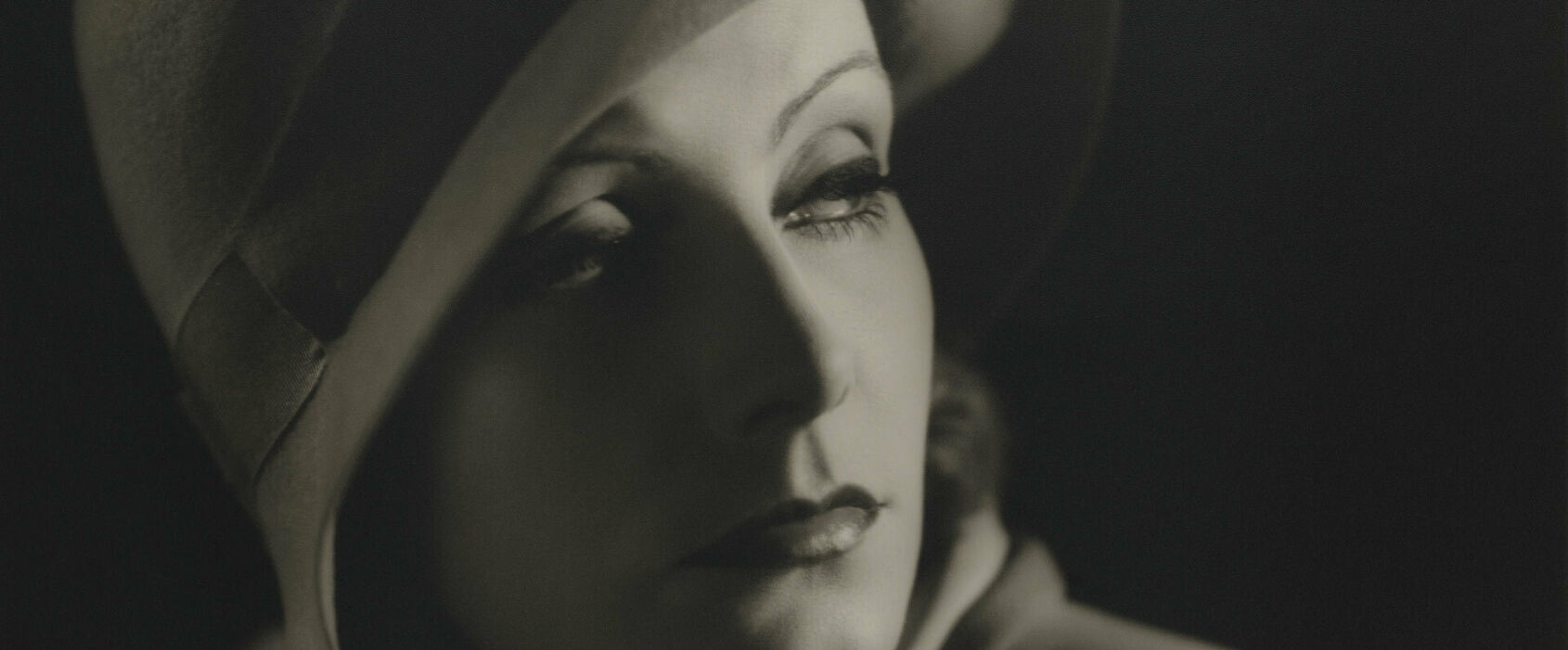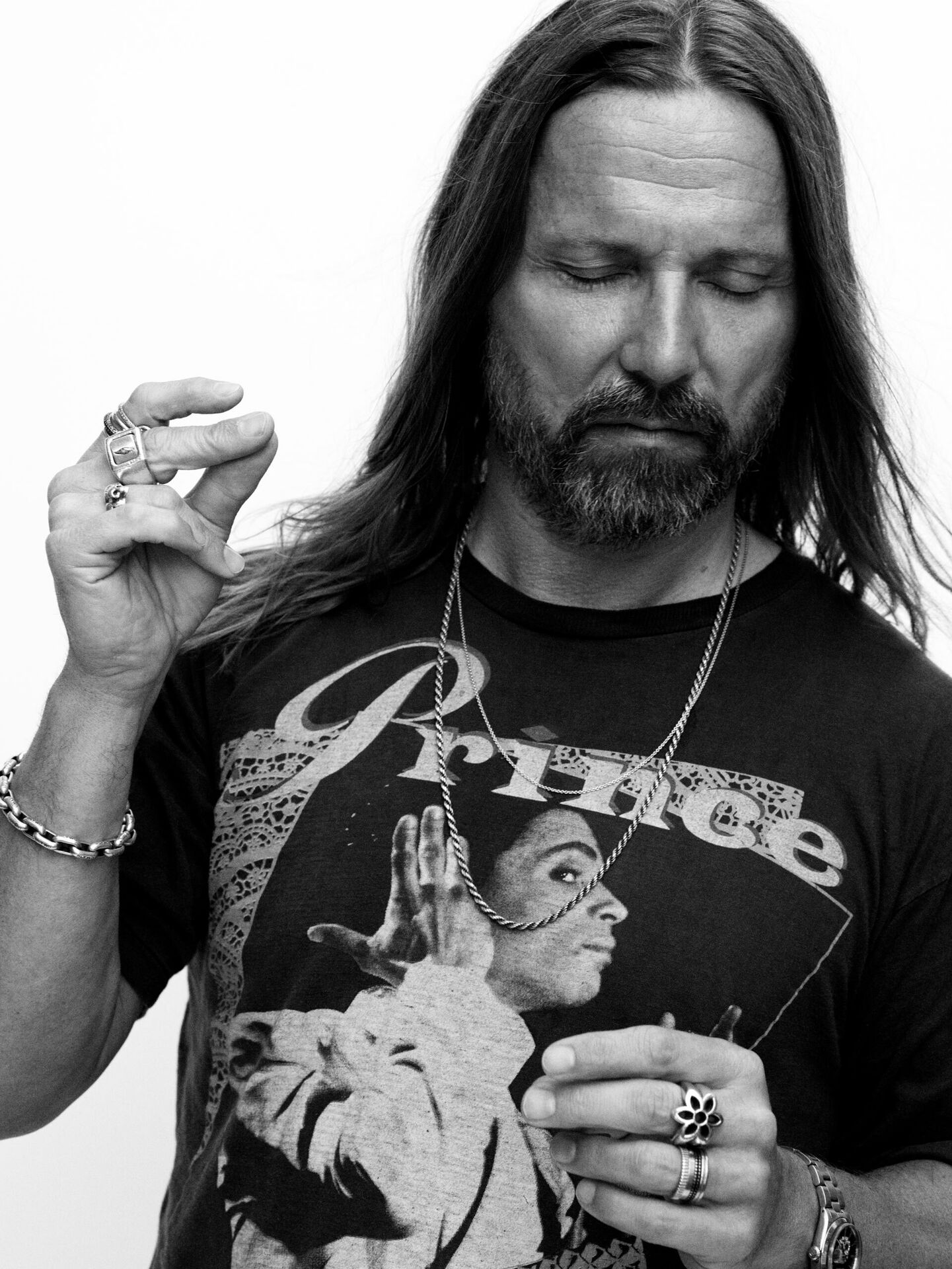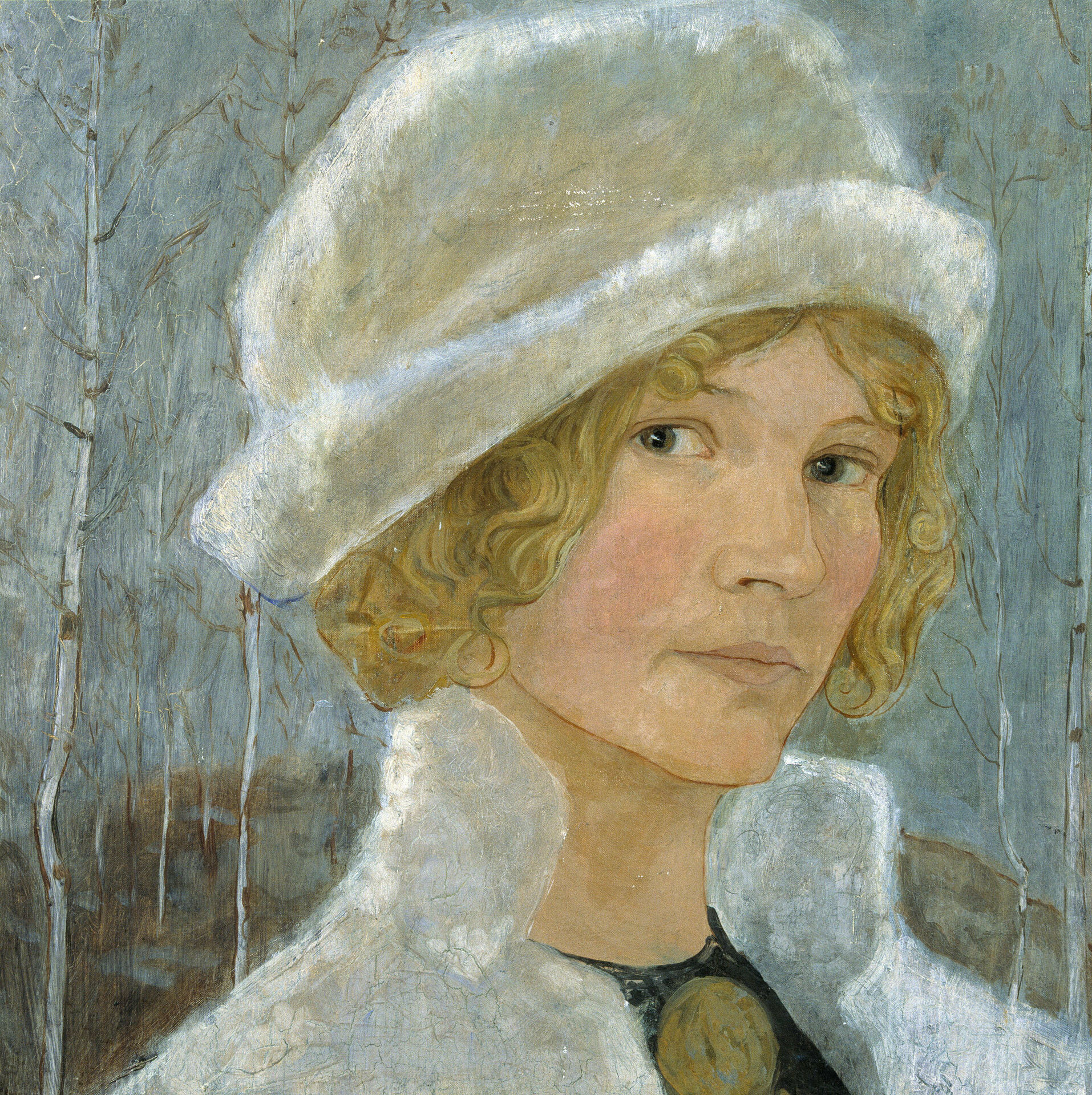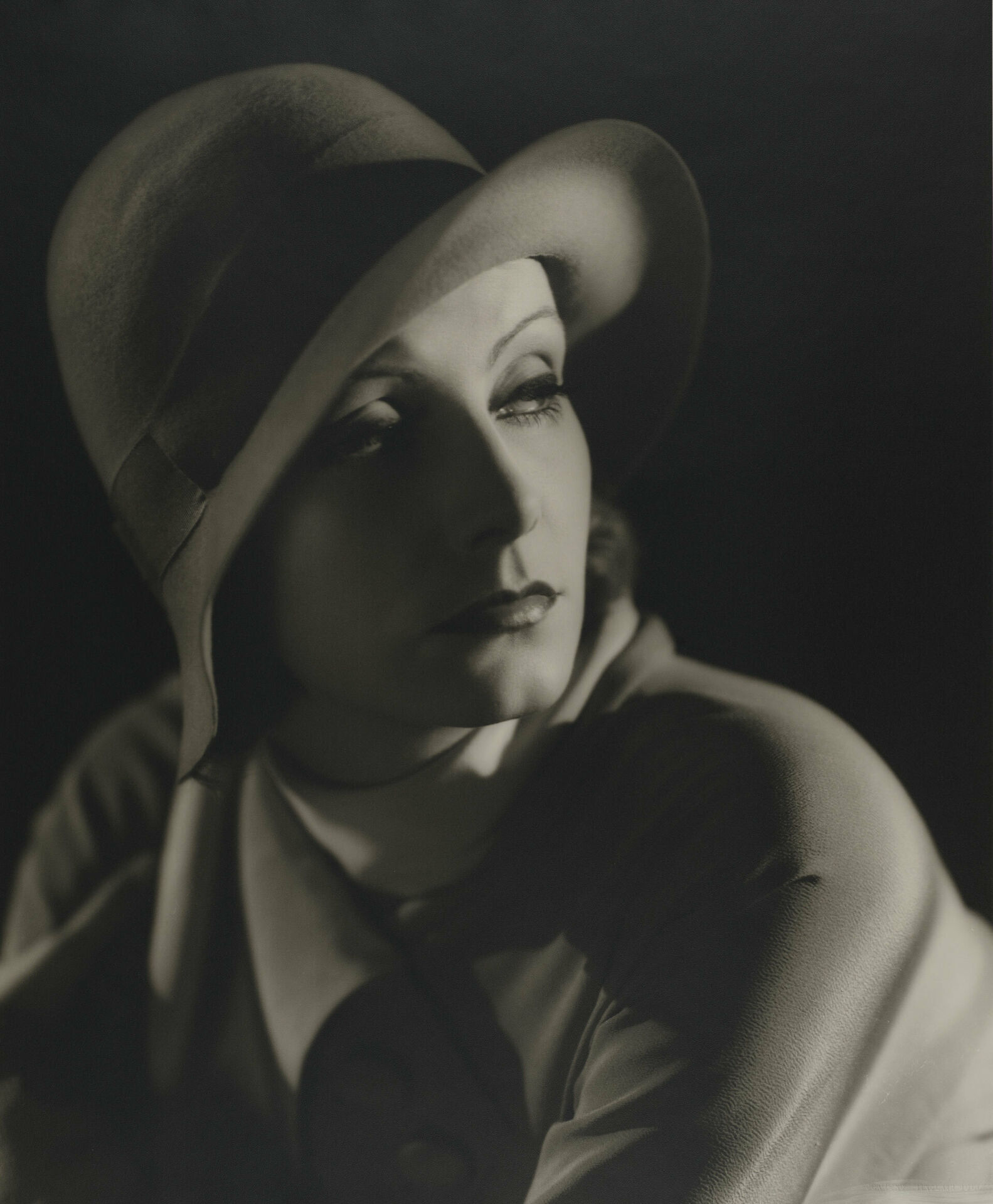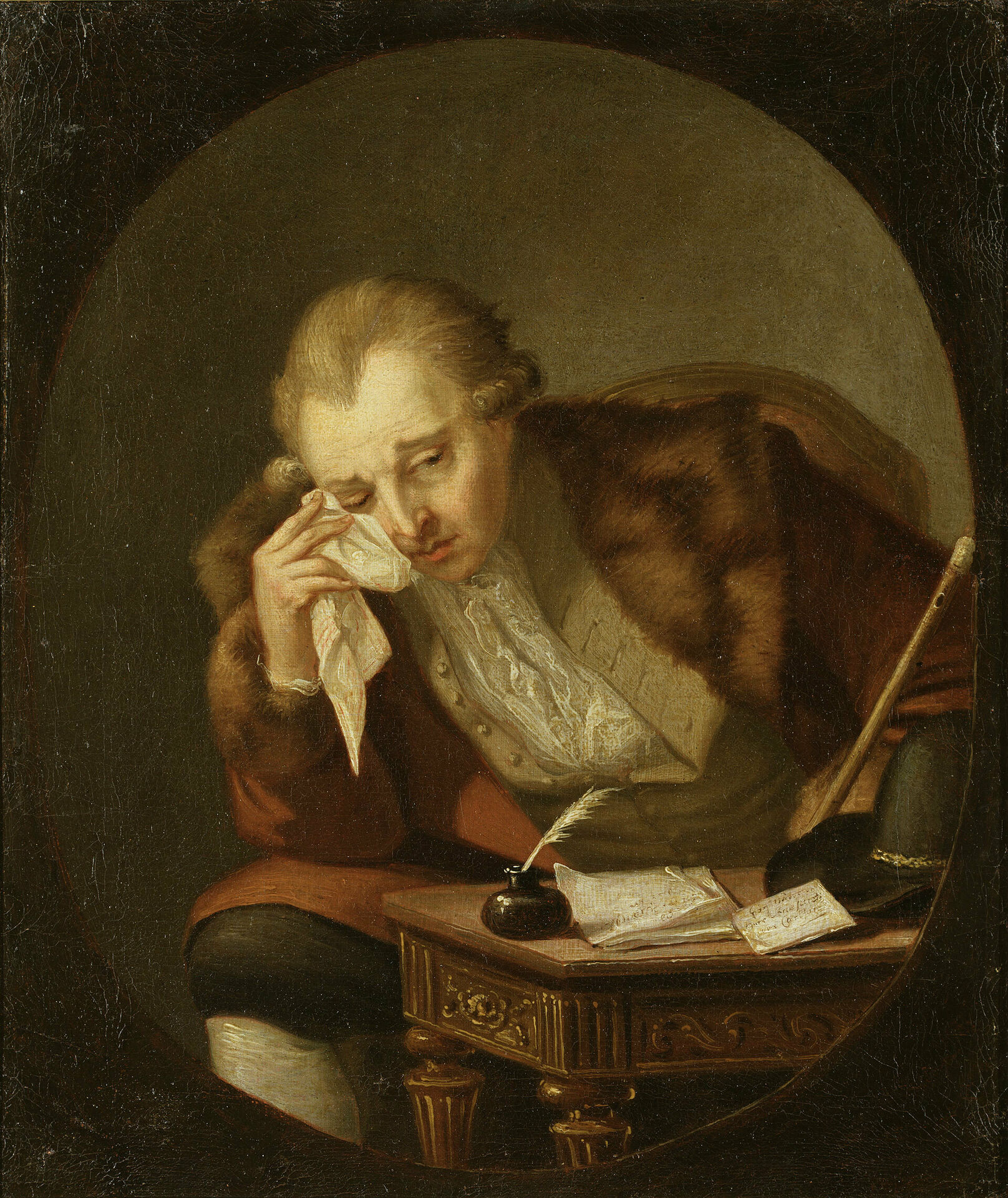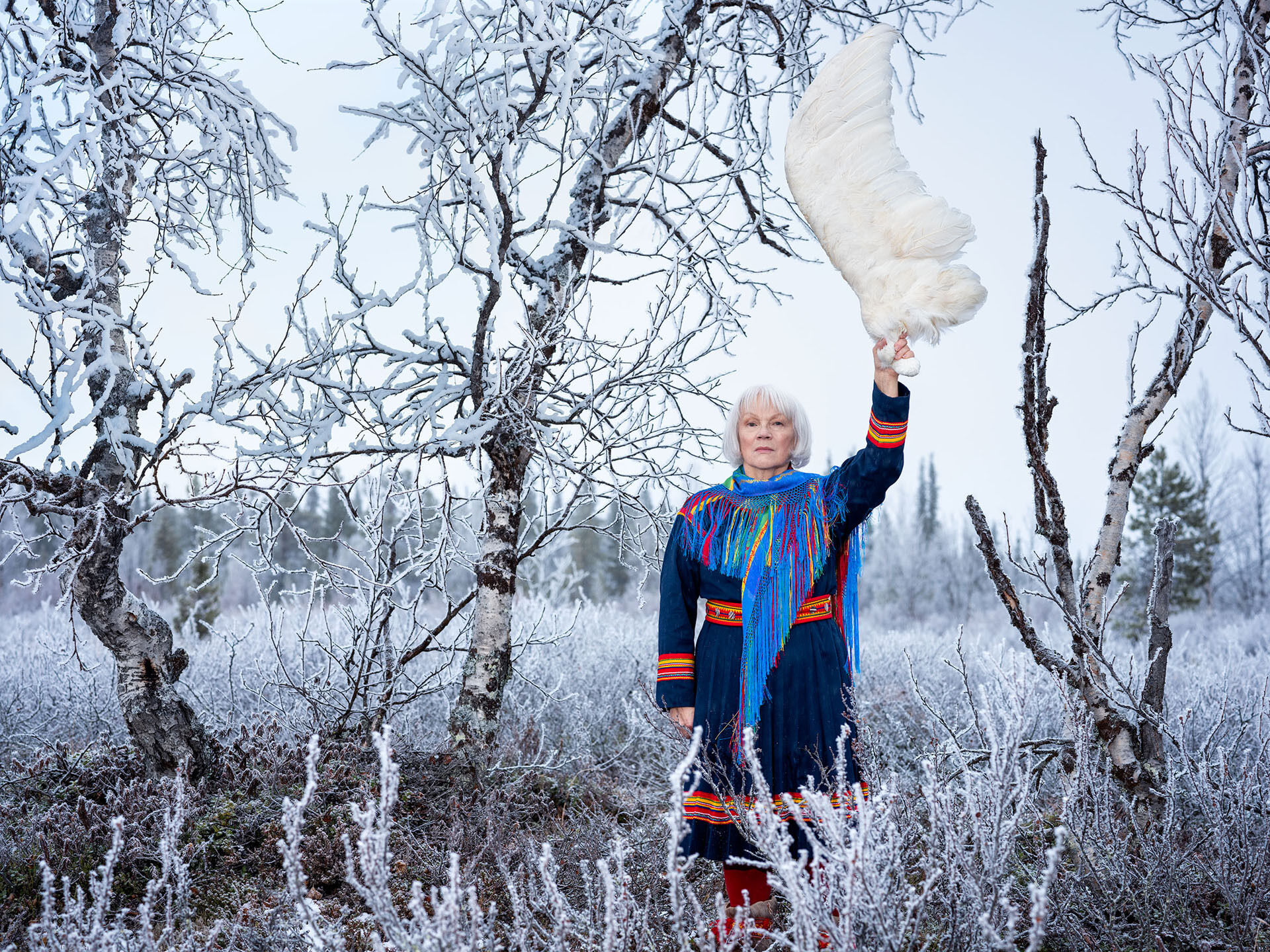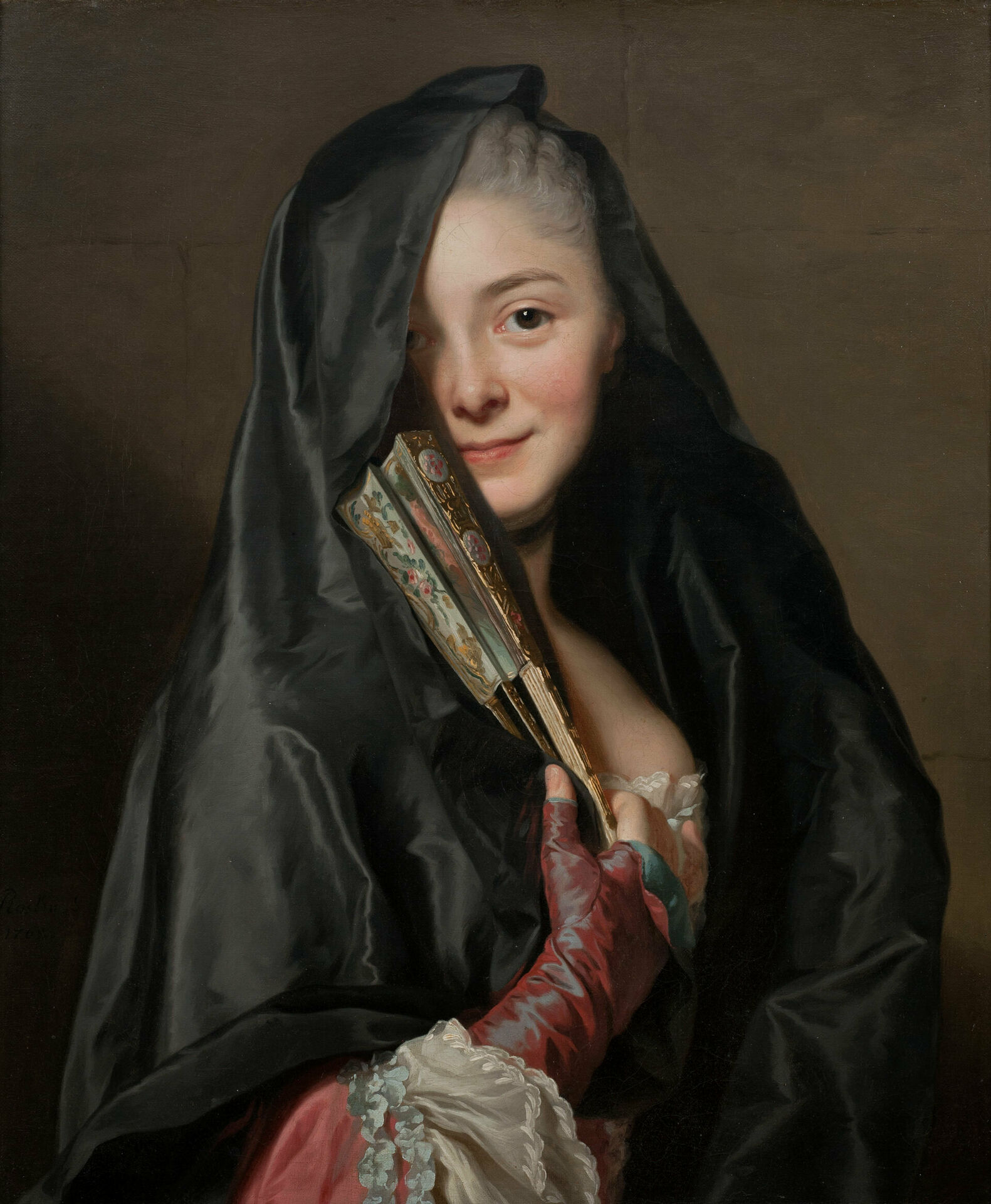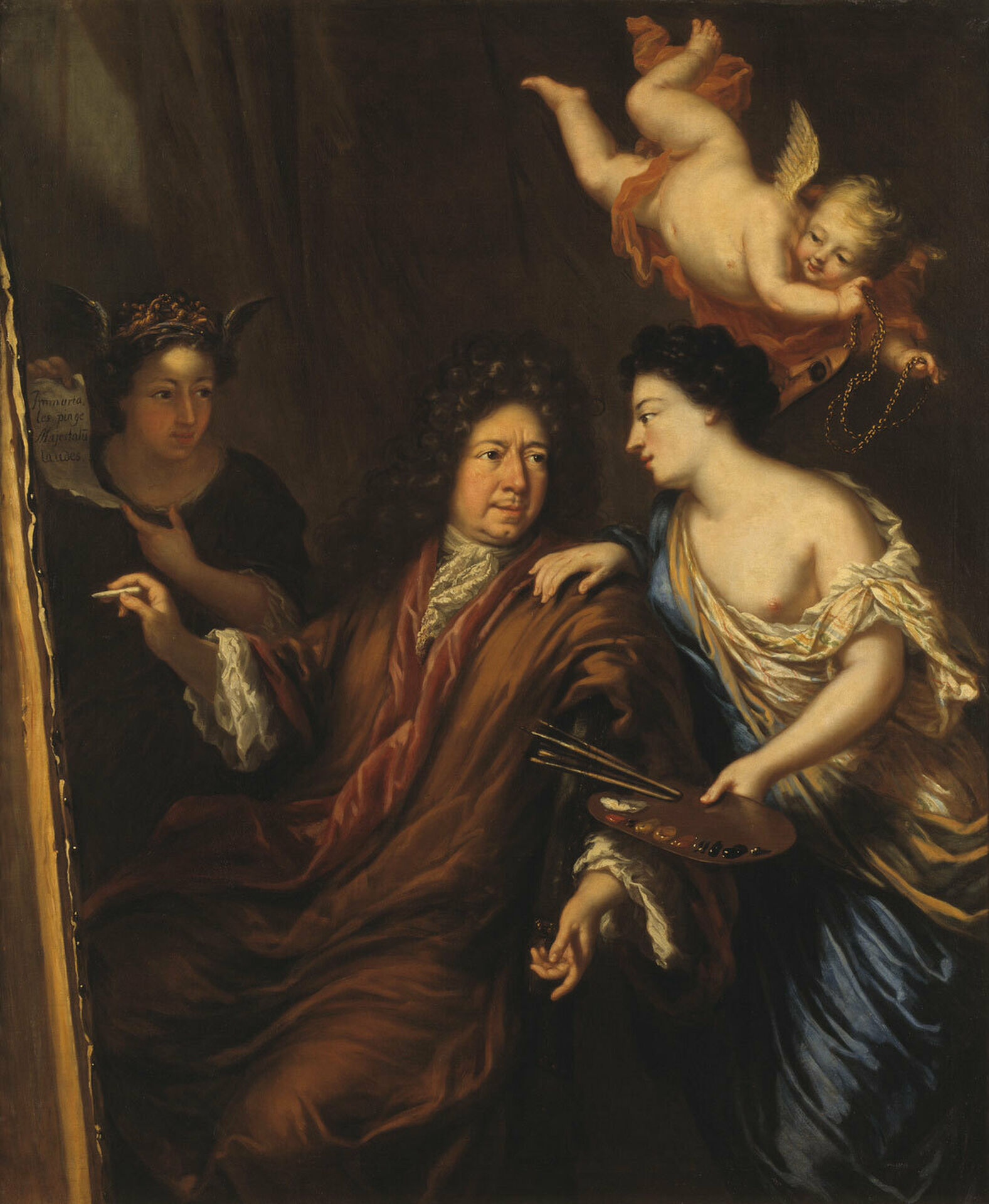Queen Christina, Greta Garbo, Max Martin. What about you? Who gets a place in the National Portrait Gallery — and who decides? This winter’s exhibition explores questions about what portraits are and what they have meant, both then and now. See over 100 portraits of sports stars, artists, royals, and other Swedish personalities.
What is a national portrait collection – and what could it be? That question forms the starting point for Nationalmuseum’s winter exhibition. The National Portrait Gallery was founded in 1822 as a collection of portraits of prominent Swedes. Considered the world’s oldest national portrait gallery, the collection has long been part of Nationalmuseum and is on display at Gripsholm Castle in Mariefred.
This winter’s exhibition presents a selection of portraits from the National Portrait Gallery, together with paintings and sculptures from other parts of the museum’s collections.
Famous works such as The Lady with the Veil by Alexander Roslin—a portrait of the artist’s wife, painter Suzanne Giroust, from the 18th century—are presented alongside more contemporary works such as Mikael Jansson’s portrait of music producer Max Martin, Clarence Sinclair Bull´s portrait of actress and film star Greta Garbo and Marja Helander’s portrait of artist Britta Marakatt-Labba.
The exhibition also raises fundamental questions about what a portrait is. Throughout history, images of society’s leaders have been used to convey and reinforce power. The National Portrait Gallery primarily reflects the country’s elite and powerholders through the ages. On a personal level, portraits have long served to remember family members and friends. The image of a face is strongly linked to our idea of a person’s character and identity. Today, the selfie taken with a mobile phone is one of the most defining visual expressions of our time.
The exhibition explores the varied roles and functions of portraiture throughout history and in our contemporary world. Here, artists’ self-portraits, portraits of children, depictions of friends, monarchs and ministers, Nobel Prize winners, musicians, actors, athletes, and authors are brought together. The exhibition also invites visitors to reflect on who is still missing from the collection—but perhaps ought to be included.
More portraits
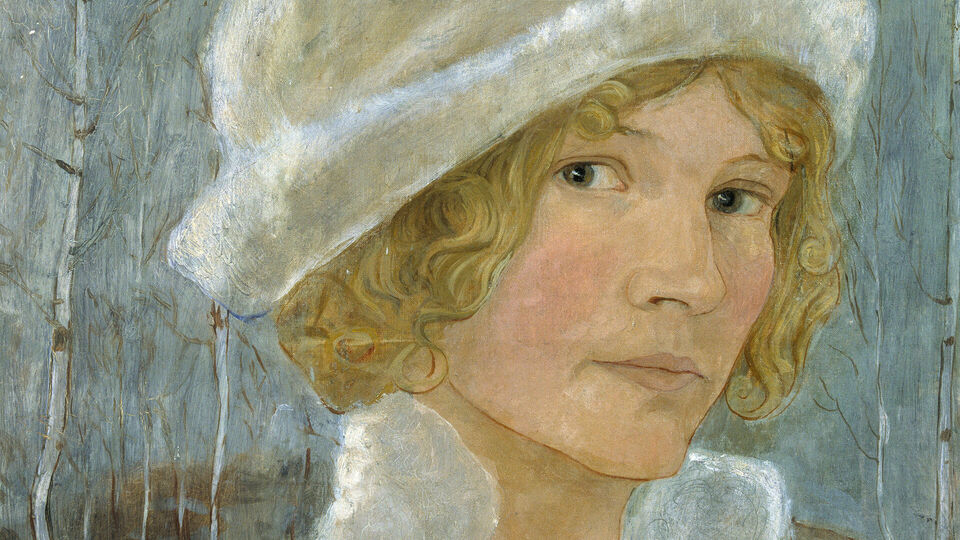
Vote for a new portrait!
One spot in the exhibition remains empty. We need your help to fill it. Vote for your favorite among 22 nominees.
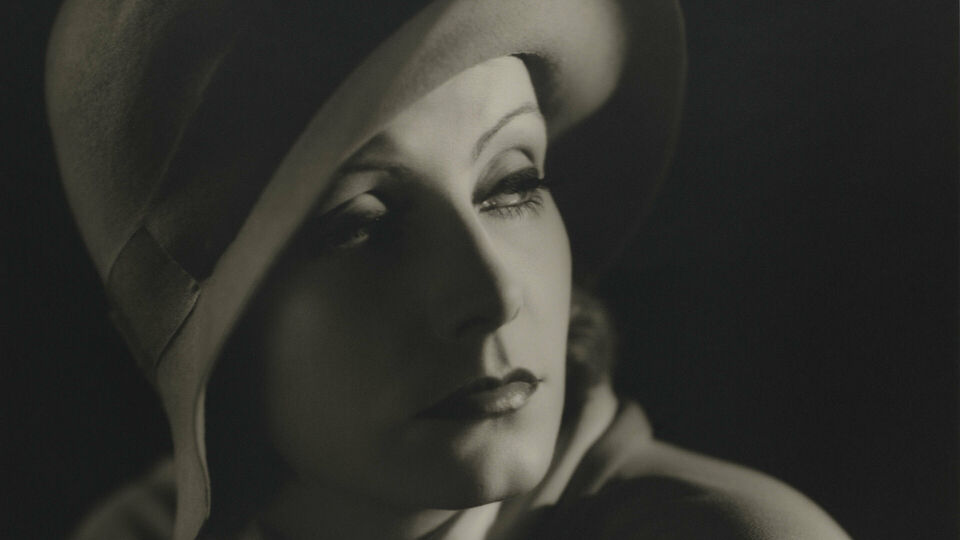
Listen to the Portraits! audio guide
Learn more about the exhibition and some of the portraits. 12 audio tracks, 25 minutes.
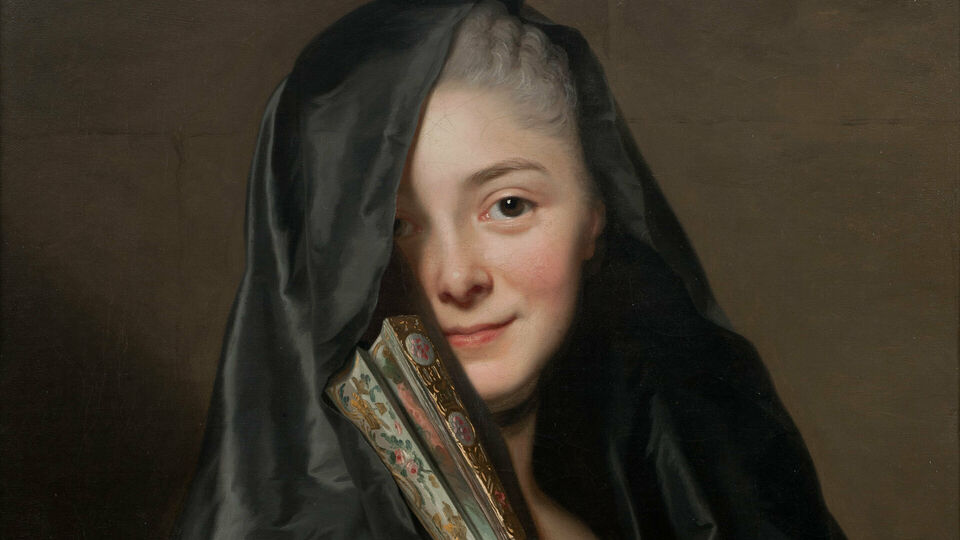
Book a private guided tour
Book your group, association, or company for a private guided tour of the Portraits exhibition.
